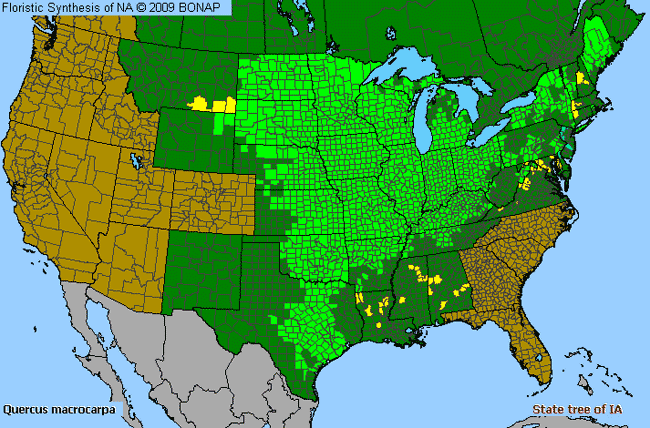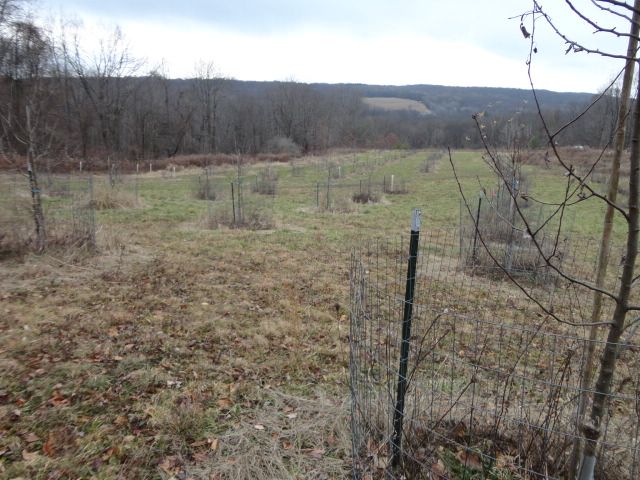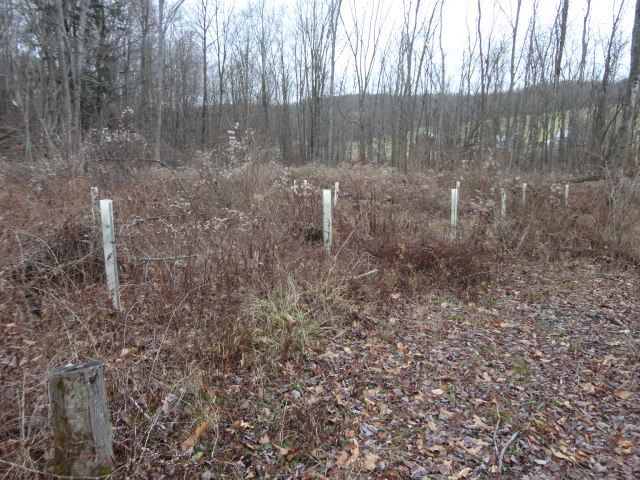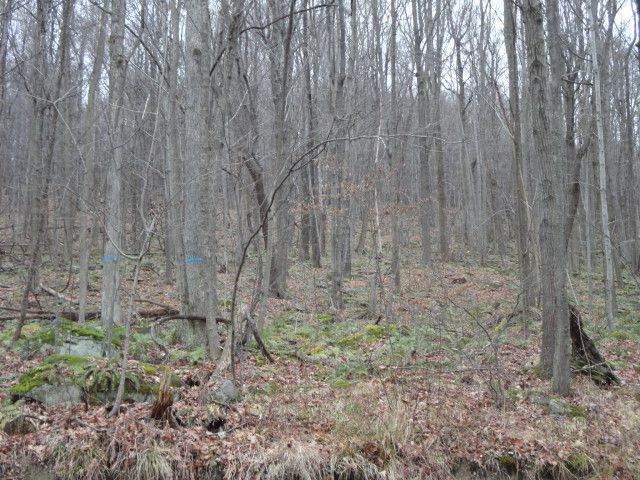You may have noticed that I failed to meet my goal of one-post-per-week. There is a reason for that.
I have been grappling with how to handle this next topic. I decided to treat it as fiction. Yes. That is right. Fiction.
There comes a point where ideas, no matter how intriguing to the author, are too speculative to be treated as fact.
The other dimension is the blog format. The blog format does not lend itself to long expositions. Breaking "plot development" down into manageable pieces fragments the flow. More to the point for this blog, the next two or three posts will seem VERY off-topic.
I beg your patience as I try my hand at crafting "fiction".
Desperately seeking anthrax. Part I of ?
Guillermo ("Call me Bill") Peña was a graduate student in Biology at Midwestern State University in Wichita Falls, Texas.
He posed a dilemma. More precisely, choosing a thesis for him was tying his major professor into knots.
Kindly stated, Bill was not the strongest student academically. Lab work was not his strength. His major professor briefly considered a "topic-counting" thesis. That kind of thesis was typically assigned to part time, working students. It involved performing a literature search and tallying "fer-it" and "against-it" papers. It was an exercise in clerical work.
His professor rejected the topic-counting as a waste of Bill's talent. While Bill struggled in the class room Bill was incredible out in the field. He got along with everybody and he had a unique ability to think with both his hands and his brain. Most important, he got stuff done.
Bill was from Del Rio, Texas, a seven hour drive from Wichita Falls. Del Rio was on the Rio Grande River and near the western edge of the Texas Hill Country. Both were which are biologically very interesting areas.
Due to financial considerations, it would be a kindness to find a topic that would allow Bill to operate from his parent's home.
The Topic
In the end, the professor decided to finesse the dilemma by giving Bill a monitoring project where failure was the null hypothesis. That is, Bill was assigned the task of monitoring the west end of the Texas Hill Country for anthrax.
Monitoring anything in the Texas Hill Country is a huge challenge. The topography is treacherous. The ground cover is thorny brush. And the people are the yin to Austin's cosmopolitan yang.
Finally, the violence of the drug trade flickers in and about all of the counties near the Rio Grande. Like the Comanche of 1830s and 1840s, one never knows who might show up on your door step. Strangers are viewed with the strongest of prejudice, regardless of how they dressed. Loaded firearms are kept close to hand.
The anthrax monitoring project solved a couple of problems for the professor. He did not expected Bill to not find any anthrax. Failures to find it would confirm the existing belief. That gave Bill the option to fall on his face and still produce a thesis that met the standards of Midwestern State University.
On the other hand, Bill had proven to be an innovative thinker. The professor believed that anthrax
might lay smoldering in the Texas Hill Country. The professor was confident that Bill would find it if anybody could.
Channeling Mitchner
---37 pages of character development redacted for the sake of compactness---
Back to play action
Bill sat in the deer blind as the mid-morning heat rose. His binoculars were hung on a nail beside the window. He had video equipment already focused on the bait, just in case. He was jamming to the tunes on his iPhone. He had a jug of iced tea and his lunch in a cooler beside him. He planned to stay all day.
Bill was watching a deer carcass approximately 50 yards away. He had packed it in on the quad and placed it on the bald top of a gentle (for the area) limestone ridge.
He was waiting for vultures.
Vultures have astonishingly good eyesight. They ride the thermals which develop as the heat of the day drives both the wind and temperature differences on the surface of the ground.
A vulture can lock his wings and ride a thermal with the energy expenditure that is the equivalent of a human taking a nap in a Laz-E-Boy recliner. It is a very efficient way to find food.
Bill made a deal with the county highway crews. He would pick up road kills for his project and they would not have to deal with them later.
Bill had picked up this deer on the way to his stake-out. It was a fawn which made for easy handling. He had selected the location for his stake out based on the friendly land owner (his Uncle Luis), the easy access and the fact there was already a deer blind in a convenient location.
His Uncle Luis had asked only one favor in return, that Bill shoot any coyotes or feral hogs that he saw. Consequently, Bill's Savage .223 lay across his lap with the 3X9 scope dialed down to the lowest magnification. Coyote hides were not worth a nickel this time of year and hogs were as skinny as rails but any carcasses would make fine addition to the buzzard bait pile.
Bill had put the deer out, on top of the ridge. It would be like a drive-up window at a fast food restaurant to the vultures. The carcass was as visible as glowing neon arches. It was Easy in. Easy out.
PVC Pipe
PVC pipe is also known as Redneck Tinkertoys. (At least it is in Michigan.)
Bill had never really studied vultures before. What he had seen from other birds, though, was that they often landed near food and then hopped over to it. Perhaps it was because they wanted to inspect it before they committed themselves.
Bill was counting on vultures doing the same.
He had constructed a "fence" around the bait. The fence was really a series of hurdles made of PVC pipe and fittings. The hurdles were of various sizes.
Bill's plan was to find out the optimum height of hurdle. Optimally, he wanted the vulture to perch on the top bar while eating but he would settle for having the birds briefly perch on the top bar before hopping onto the bait.
Old short stories
One of Bill's hidden vices was to read collections of short stories from the 1950s, the Golden Age of short stories.
A favorite author of his was Theodore Sturgeon. Bill had gotten the idea for the data collection methodology from the last story in Sturgeon's book E Pluribus Unicorn. The title of the story was
A Way of Thinking
In that story, the villain's MO was the opposite of what most people would do. Trying to take a propeller off of a shaft? The villain would drive the shaft out of the propeller. In a bar fight if a contestant threw a bottle at him (and the bottle flew through the window out into the street below), our villain would throw the contestant out the window after the bottle.
Bill decided it would be much, much easier to find anthrax if he could figure out a way to have the anthrax find him.
Enter vultures
There are thousands of vultures plying their trade in the Texas Hill Country. The area has abundant deer, sheep and cattle. They die for all the usual reasons. Many of the carcasses are never found by the land owner. None elude the vultures.
Bill figured that if there was any way to pull cultures from the beaks and/or feet of the area vultures.
The last piece had fallen into place a few days ago when his mom had yelled at him for leaving his dirty sweat socks on the floor. He had asked how she knew they were his and she had pointed to the smudge around the ankle and said, "Your dad wears boots."
At that moment, the picture of the hurdle made of PVC pipe and sleeved with sweat socks had popped into his head.
Now, all he had to do was dial into the optimum height for the top bar. Then he would mass produce the hurdles and set up his trap line.
This summer promised to be much easier than the other ones when he had been hoeing weeds and picking fruit down near Brownsville.
God Bless Education.
Desperately Seeking, Part II












































